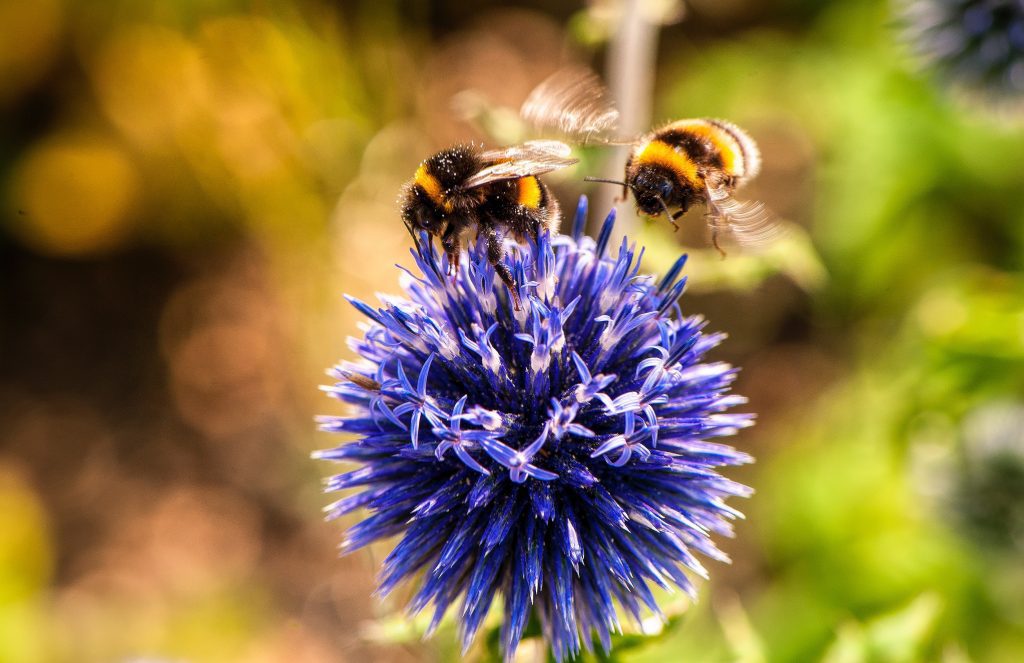How Did Agriculture And Bees Fall In Love?
You must have learned in elementary school that bees are essential. It is probably one of the beloved beneficial pollinators that exists on earth. The busybodies significantly transfer pollen between plants, thereby increasing the yields of crops. Further, they are best known for creating an irresistible earthy elixir known as honey.

You’d be shocked to learn that the international honey market is valued at around seven billion US dollars! And with a closer look, you will notice that our culture and society circulate the connection between bees and agriculture. It is because most of human society is tied directly to the world’s agricultural systems.
Without the help of beneficial pollinators, there would probably be no existence of homo sapiens. Even though there is a conjugation of bees with agriculture, this love story is not quite simple. Let’s turn back a few pages and embrace the sticky details.

Initially, for more than nine thousand years, bees have always been an integral part of the human food culture. And if we go back into the stone age, we’ll find honey depicted in medicinal texts and paintings. Also, bees pollinate several species of plants. Some include cabbage, potato, peppers, onion, watermelon, chestnuts, carrots, sunflowers, etc.
Bees gather nectar from almost every flowering plant. This can be seen in a specially curated or maintained farm field. And pollen from the stamen adheres to hairs on the animal’s body. These are then transferred to the next plant the bee stops by. Honey bees provide over three-quarters of pollination for cultivated harvests.
